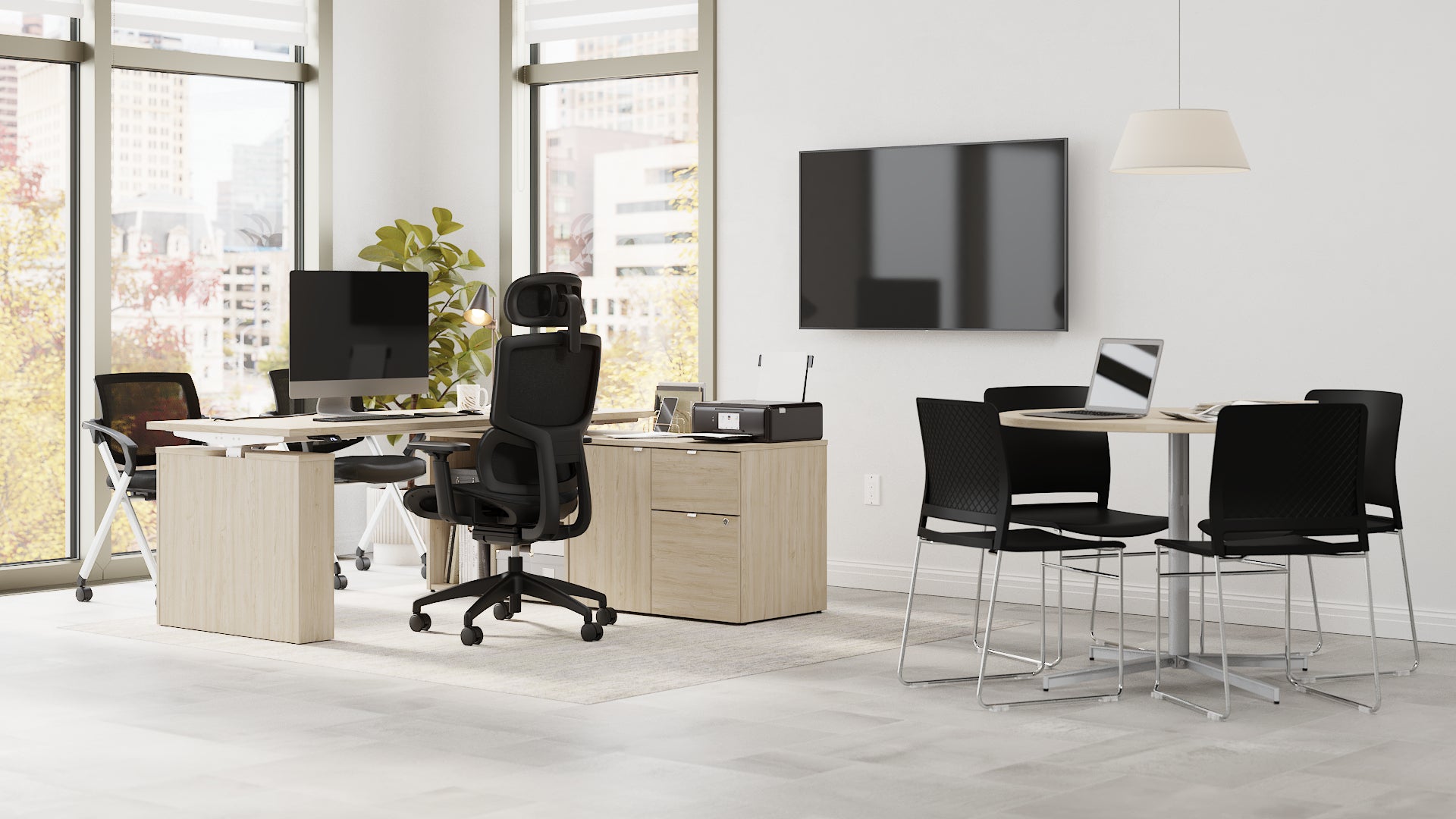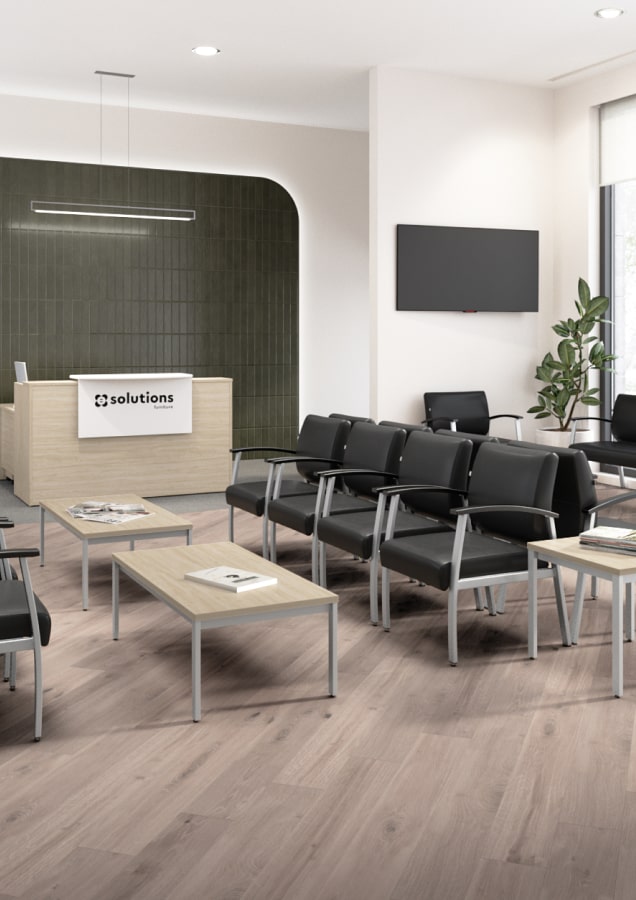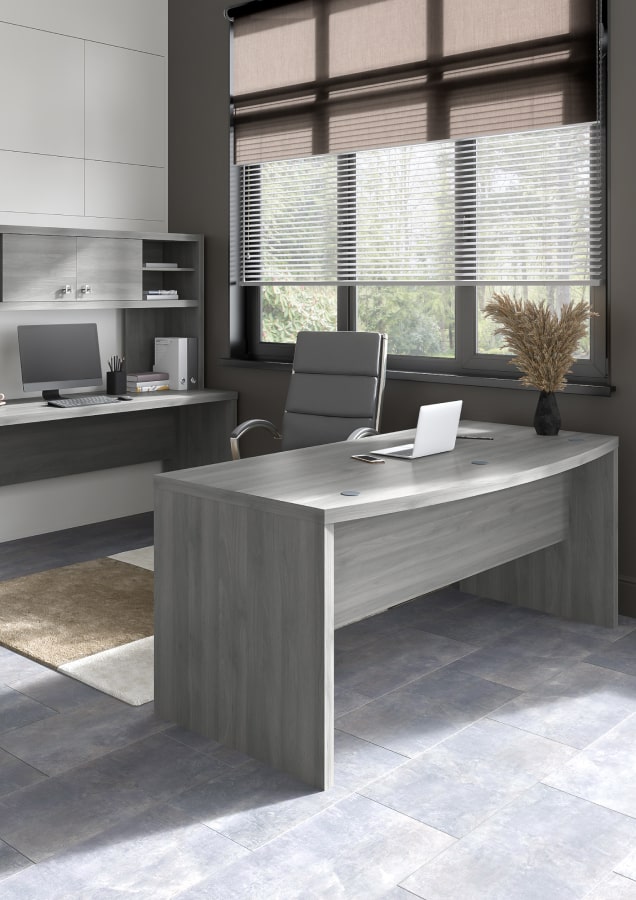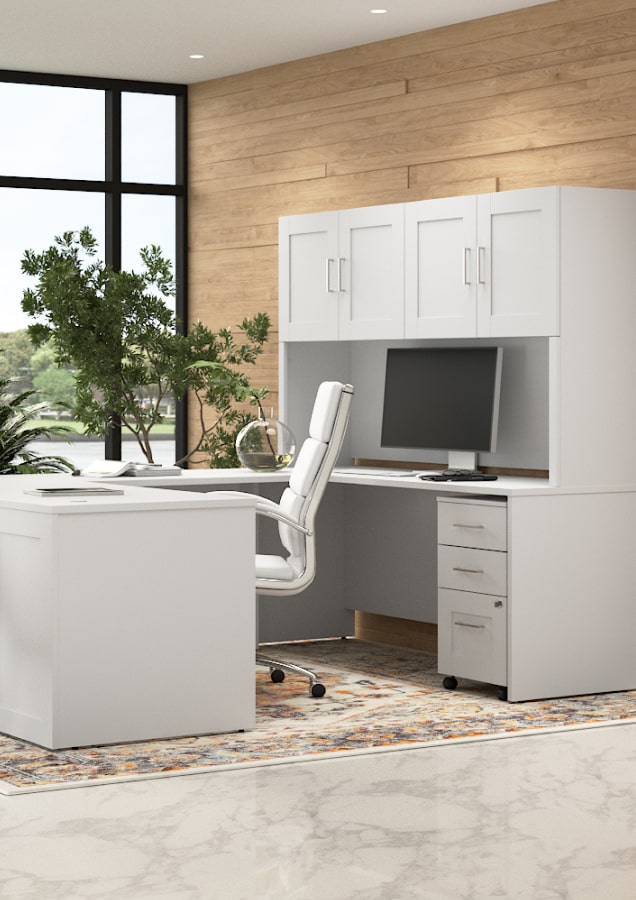School admin offices are the heartbeat of any educational institution, serving as the central hub where operations, communication, and logistics come together in perfect harmony. While the classrooms may be where the magic of learning unfolds, school admin offices ensure that this magic runs smoothly behind the scenes.
These spaces are vital for ensuring the effective coordination of day-to-day school operations. A well-designed office, both in terms of physical layout and organizational flow, can dramatically enhance productivity and morale across the entire building.
For school administrators, creating an optimized office environment is more than a rare luxury; it’s a necessity. A thoughtfully curated admin space can serve as the backbone of success, empowering staff to do their best work while making them feel valued. Creating the most productive environment for the staff within school admin offices requires addressing workspace challenges, introducing innovative practices, and fostering collaboration.
Let’s take a closer look at how to maximize productivity in school admin office spaces so you can start enhancing your work environment right now.
Understanding the Challenges of Productivity Pitfalls
Before rethinking school admin offices, it is essential to identify common issues that hinder productivity. Without the right strategy, these office environments are quickly plagued by interruptions, overcrowded spaces, and outdated systems.
Constant noise, distractions, and impromptu visits can dilute focus and reduce overall effectiveness. A lack of coherent organization within shared workspaces frequently leads to misplaced documents and extended time spent on minor tasks.
Outdated processes also tend to exacerbate inefficiencies. Manual schedule coordination, physical filing systems, and reliance on paper documentation create unnecessary bottlenecks in workflows. These systems leave administrators bogged down by repetitive, redundant tasks that consume valuable time and energy.
By understanding these hurdles, it becomes easier to pinpoint areas for improvement and implement change effectively.

Leveraging Ergonomics and Layout for Efficiency
A productive admin office begins with a strategic interior design. When designing for efficiency, every element of the workspace must reflect intentional choices that support administrative tasks. From desk arrangements to storage areas, each piece of furniture and equipment should aim for ease of access, comfort, and functionality.
Ergonomics plays a pivotal role in reducing physical strain and boosting employee well-being. For example, at Bush Business Furniture, our commercial standing desks give office workers an ergonomic workspace that features a sleek, modern aesthetic.
Ergonomic office chairs, adjustable desks, and proper screen positioning can minimize discomfort and fatigue during long working hours. Adequate lighting is another vital consideration. Natural light can increase focus and elevate one’s mood, while strategically placed artificial lights can mitigate eye strain.
The layout of the workspace is equally important. Open layouts work well to encourage collaboration, but they must be balanced with private zones or meeting rooms to enhance focus and provide discretion when necessary. Clear labeling and storage solutions make shared supplies or files easier to locate, improving workflow and saving time that you may otherwise waste looking for essentials. With comfortable, inviting furnishings and modern layouts tailored for admin needs, school offices can transition from chaotic spaces into hubs of seamless efficiency.
Integrating Technology for Operational Streamlining
Technology undeniably holds the key to unlocking higher productivity in school admin offices. With various tools and platforms available, administrative tasks can be automated and simplified, freeing up valuable time for meaningful human interactions.
Cloud-based software that centralizes tasks like scheduling, attendance tracking, and payroll processing ensures data is accessible in real time and helps eliminate the potential for errors.
Modern communication tools prove invaluable for managing relationships between staff, students, parents, and external stakeholders. Integrated communication platforms allow for transparent and quick exchanges of information, helping reduce delays commonly associated with traditional communication methods like phone calls or emails.
Dedicated school management software programs can fully streamline operations by consolidating responsibilities such as documentation, report generation, and compliance tracking within a single interface.
Such tools minimize manual labor, improve consistency in record-keeping, and ensure regulatory requirements are met with minimal hassle. Investing in tech-driven solutions helps school administrators focus their energy on strategic planning and impactful initiatives.

Building a Positive Environment Through Collaboration
The key to maximizing productivity in school admin office spaces lies in collaboration among employees in a workspace where they can thrive.
Productivity is not just about processes and tools; it’s also about cultivating the right environment for individuals to be at their best, every single day. Fostering satisfied and engaged employees creates a positive ripple effect that resonates throughout the rest of the school.
Building strong office relationships and a sense of camaraderie among administrators sustains long-term workplace satisfaction, retention, and collaboration.
Encouraging open communication, feedback, and knowledge sharing among team members sets the tone for a supportive environment where everyone feels heard and valued.
Hosting informal catch-ups or recognition events brings staff together, boosting morale and reinforcing a sense of purpose tied to their contributions within the greater context of education. Incorporating small touches, like coffee stations or relaxation nooks, adds warmth to the office, showing employees they are appreciated for everything they do.
It is equally important to embed opportunities for professional development within the organizational culture, as growth fuels motivation.
Creating incentives for training sessions, workshops, or certifications signals to your team that their success matters to you. This approach supports both personal and institutional advancement, fostering individuals who are more adaptable, capable, and equipped to take on increasingly complex roles.
Transforming School Admin Offices Into Thriving Workspaces
Maximizing productivity in school admin offices is more than just focusing on increased efficiency. This process is also about creating spaces where people feel empowered, connected, and equipped to perform their very best.
From addressing operational challenges and implementing ergonomic designs to staying ahead with technology and fostering workplace positivity, there are countless ways to transform school offices into thriving environments.
A well-designed admin office is functional, but it must also be inspiring. Through thoughtful changes in both layout and practices, schools can create offices that spark energy and efficiency, cultivating a culture of excellence.
Every investment in productivity for the admin team ultimately trickles down to better outcomes for students, ensuring education remains seamless and impactful.
For institutions looking to refine their spaces and strategies further, consider consulting with specialists in office design for educational environments. Their insight can ensure your evolving needs are met with tailored solutions that deliver lasting success. Remember, an extraordinary admin office doesn't just manage education; it champions it.














Leave a comment
This site is protected by hCaptcha and the hCaptcha Privacy Policy and Terms of Service apply.